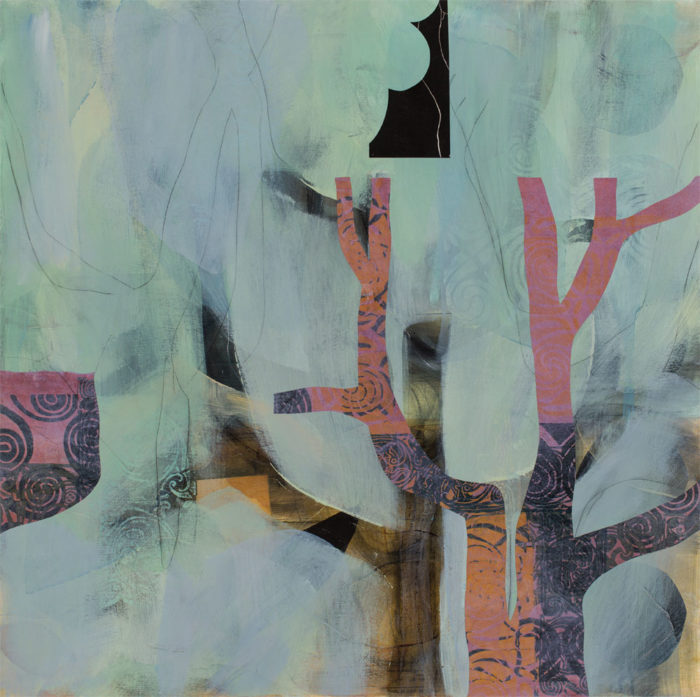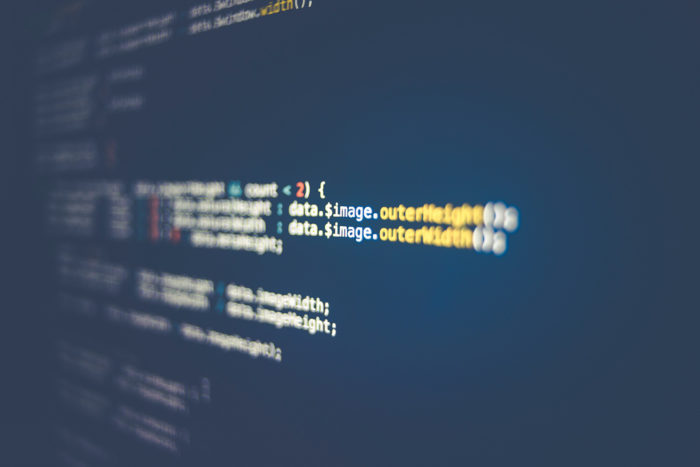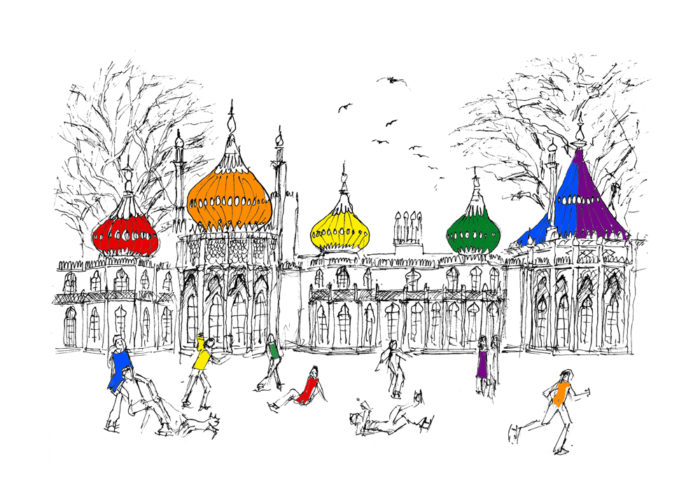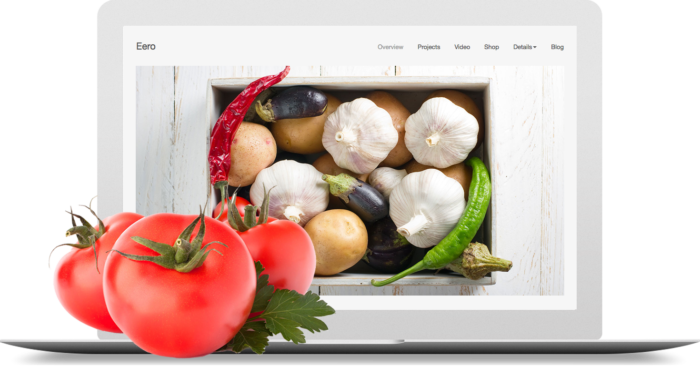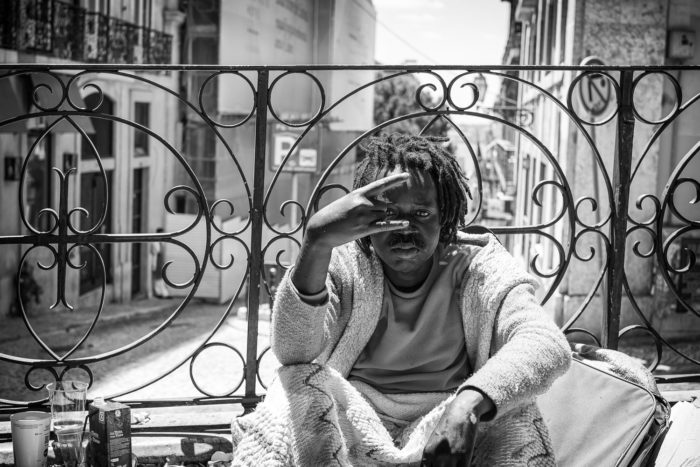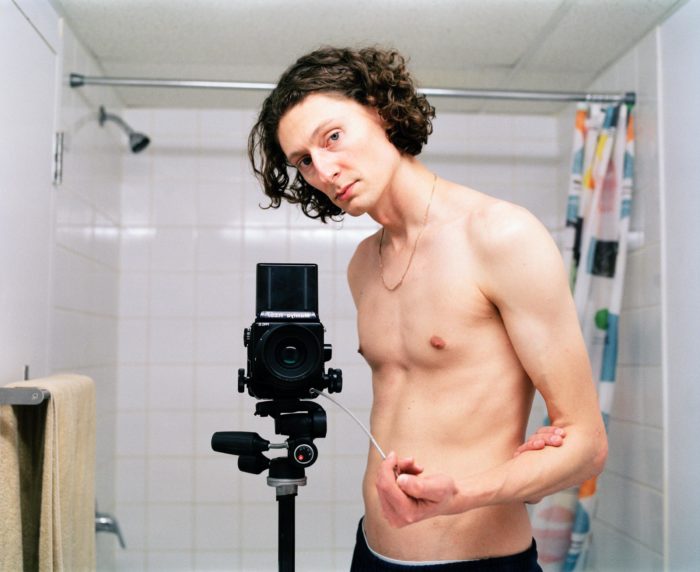
Our interview series continues this week with photographer, Michael Kuby. Enjoy the Q & A along with a selection of Michael’s work.
Where are you located?
I was born, raised, and currently still reside in Edmonton, Alberta, CA.
What is your educational background?
I meandered my way through a Bachelor of Commerce degree here in Edmonton, and I’m currently completing a diploma program in Photography from the School of Photographic Arts: Ottawa (SPAO). Since I’m in Edmonton, and the school is in Ottawa (over 3,000 kilometers away), I have had to travel back and forth a few times.
How do you think your upbringing played a role in developing your creative point of view?
As a child, I was tremendously athletic, and excelled at sports. Whether it was hockey, basketball, soccer, baseball, snowboarding, or skateboarding, I was always competing, sometimes with others but always with myself, to push the limits of what I could do. In some ways this meant I wasn’t a great team player, and I eventually found myself participating in sports that allowed for an immense amount of creative freedom and individuality, namely snowboarding and skateboarding. I also dabbled with music at this time, picking up guitar and drums for a few years, but I always focused on the technical aspects of play, and never really developed these skills into a form of art where I could express myself. Unfortunately, in my late teens I experienced a string of accidents – a snowboard injury, and a car accident – that left me unable to participate in my athletic endeavours at the level that I was accustomed to, so I needed a new creative outlet. I found photography somewhat by accident, and it seemed a natural fit. It’s a very technical medium, an aspect I enjoy, that can be harnessed for self expression.
Which artists, past or present, influence your work most?
When I first got started with photography FlickR was thriving, and that’s where I was first introduced to work that really spoke to me. I was captivated by work that had a strong aesthetic sense. I enjoyed the works of photographers like Tamara Lichtenstein, CoolHandLuke, Theo Gosselin, and a host of others. More recently, and since studying the history of the medium, I’ve become attached to a wide range of artists that span past and present, including Joel Meyerowitz, Helmut Newton, Stephen Shore, Juergen Teller, Mark Peckmezian, Martin Parr, and Alec Soth. I tend to find Instagram and Flickr to be rather bad sources of inspiration now, as they are saturated with users with no visual literacy. More and more I find myself digging through books.
When did you become serious about your work?
Even before I knew the motto “a job worth doing is worth doing well,” I lived my life with this approach, so there’s an argument to be made that I’ve always taken my work seriously. But it wasn’t until I started creating “To Be Young” sometime in my early 20’s when my work first started speaking to me in a language that I liked and recognized. Then in 2015 when I embarked on the program at SPAO I began to realize where photography could take me. It was then, at age 27, that I became fully committed to being a photographer. I’m now 29, so it hasn’t been long.
What are you working on right now?
In the coming months I’ll be working on a portraiture project with a group of Syrian Refugee women that will explore themes of self identity and self expression. I’m also interested in exploring the topic of teen fashion, and have sketched out the beginnings of a project in that regard.
Have you had any breaks in your career that have been a catalyst?
Without a doubt the support of my family, namely my father, has helped me get to where I am today. He has supported my endeavors at all turns, from finances to my emotional roller-coasters, and was the willing subject of my project “Tongue Cancer”, which documented his experience with the disease.
What kind of creative patterns, routines or rituals do you have?
When I was younger I was photographing just about everything around me, and I wasn’t sure why. I was simply compelled to document my life, and alcohol and drugs played a large role in that. Nowadays I don’t create nearly as much work when socializing so my approach to working and creating art has become more methodical. When working in a studio I like to clean the entire space and create an absolutely blank canvas, and then begin to build, whether that be a set, or a lighting design. I can now recognize how spacial organization and organization in general play a huge role in my life, and how I struggle to focus amidst chaos.
What work do you most enjoying doing?
I quite enjoy taking portraits of people, but more recently my favourite work has been of dogs, where I photograph them in studio like humans. There is a beauty in photographing animals, and dogs in particular, in that they are completely candid at all times.
How has your style and technique evolved over time?
So much of my early work was created on 35mm film, and a large chunk of that with point and shoot cameras. There is this craze over the snapshot aesthetic that cameras like the Olympus Stylus Epic can easily attain. And truly it is so convenient to put a camera in your pocket and be able to capture intimate moments on a whim. But I realized there were limits to that work, namely with regards to quality. When I went to SPAO, they had all of their students purchase medium format film cameras, and that was when everything changed. My work became quite intentional, I slowed down, and I started to consider everything included in the frame. Working slowly taught me the impact of light on my subjects, eventually leading me to desire it’s control. Taking the camera out of my hands also encouraged me to direct my subjects more. I think all of these things started to make my work my own.
I should also mention that over the years I’ve taken up the challenge of developing my own black and white, as well as c-41 film. So I now develop all of my own film, as well as scan and produce the negatives digitally.
Why did you choose your medium and what do you wish you knew before you got started?
My older brother took a trip with a digital camera when he was quite young, and I remember being fascinated by what he had captured with it when he returned home. Not long after that I bought my own small point and shoot digital camera and began to play around. I’m not sure I consciously chose the medium at that point, but ultimately it has been a good fit. I love learning and teaching myself how to do things, and with photography there is literally an endless pit to fall into.
If there was something I wish I’d have known about photography before I got started it would be a) how expensive it can be, and b) how little people expect it to cost. With regards to the former, photography at the highest level begins to be a game for the rich. From the $4K camera in your hands, and $3K lights, and $1K lighting modifiers, and $1K lenses, to the $3K computer you edit on, there’s not a lot of money left over to eat sometimes. And what tends to not be reflected in the cost to produce good work is the value the market places on it. It’s hard to see a viable way of making a living off of photography if you don’t do either commercial or wedding photography, and commercial photography, in my experience, is a hard nut to crack. Now outside of those two venue’s I’m not sure I see a financially viable path. Think of it this way: If you want to make $50K a year you have to make somewhere in the neighbourhood of $1K a week. Even busy commercial photographers should bank on shooting on average two gigs a week. That means you have to charge $500/shoot to hit your mark and, I hate to break it to you, not only are you not going to make that kind of money off of friends and family (unless you have really rich friends and family, in which case I’m jealous), but you probably just don’t have enough of them to sustain it. My view may in some respects be tainted by the fact that I live in a relatively small city with a limited amount of work and a highly skilled and saturated photography market, but the numbers still don’t lie.
Are you experimenting with anything new at the moment?
Teaching myself to develop black and white, and then colour film, along with teaching myself how to scan and produce negative film has been an endless source of experimentation in which I finally have settled. I think this is the first time in my ten or so years of photography that I’ve quit experimenting, because I’ve found a workflow and process that gives me consistent, desirable results. That said, I’m currently learning about colour theory and I’m always interested in learning new lighting approaches and techniques.
What are your tools/equipment of choice?
My favourite camera right now is my Mamiya RZ67proii, but I also use a Hasselblad 500cm. For 35mm work I switch between a Nikon F2 and my Leica m6. For digital work I use a Nikon D810. For lights I have a Profoto Acute2R 1200 pack with two heads, alongside a Nikon sb-900 speedlight that I use when I want to be more mobile.
For those who might be interested in my developing and post production process: to develop black and white film I use standard patterson tanks; to develop colour film I use a jobo cpp2 processor; and to scan film I use a Hasselblad Flextight X1. I would not be able to do what I do quite as effectively or efficiently without these last two tools.
What are you trying to communicate with your work?
I tend to look back on my early work and see how it highlighted the insanity of the world, or at least of youth culture. With regards to my portraiture I like to think that I’m an advocate for seeing beauty in authenticity and originality. I think that our society and our culture is so confused by what it is and means to be beautiful, and I’m trying to challenge those assumptions. One of my favourite quotes is from Alec Soth where he states, “The most beautiful thing, to me, is vulnerability.” This resonates with me. And from here I think we can extrapolate and say that if vulnerability is a state of being, then beauty doesn’t have to be this singular set of parameters that exist with regards to a persons features or appearance, but should be thought of as a way of being or existing in the world. If we could change our dialect, for example, we might say that one isn’t beautiful, but one has beauty. I should add here that, with regards to my future projects, I intend to explore themes of identity and perception.
What role do you believe art plays in society?
There’s a quote by artist Miranda July where she states, “the role of the artist is to point at things.” While this is a bit of a simplification of the matter, I do believe that art should highlight and make some sort of commentary on society, presumably in a way that attempts to make the world a better place.
How did you decide how to price your work/services?
For me, as I think for most artists, this is an ongoing consideration. When starting out it was not a major one, because I was more concerned with producing work that the client was happy with as opposed to being compensated well; And to be fair, this concern still stands. That being said, I like sleeping indoors. Initially my approach was to talk to other photographers and to assess what others in the market were charging for certain services, and this is still a decent way of estimating. But it’s also not always feasible or realistic to know those figures. As time has moved on I now use a program called FotoQuote Pro to help me figure out a good benchmark to work off of and then I adjust somewhat with regards to my personal feel of the market, and also with regards to my skill in the service.
In the age of internet, do you think galleries are still relevant to artists?
Absolutely. One of my biggest issues with screens and phones is that they are extremely poor ways of properly assessing images. Some photographs present extremely well when small, especially those that demand intimacy from it’s viewer. Other images demand the command that a large print allows it, yet fails miserably when looked at small. Now that so much of our consumption of imagery and art takes place on our phones and on screens we have lost the dynamism that seeing work live and in galleries allows. I think we should pause and think about the absurdity of the world if in each and every home the walls were covered with digital screens projecting images or “paintings.” What a sad state of affairs that would be – and yet the reality is that it’s often cheaper to buy a digital screen than it is to print and frame a print. I have to admit that I’m a bit concerned about our current state of affairs and also what the future might hold (or drop, for that matter).
What business advice do you have for young and aspiring creative professionals?
To be honest, I still think of myself as one so I would take some advice if anyone has any. That said… I’m 29 now, and if I could look at my 21 year old self and give him some advice I would have told him first to focus and then to commit. I knew I had talent and I knew people believed in me, but it took me a while to find it in myself. Screwing around with drugs and alcohol is so easy and appealing when you’re young, but it sucks away valuable time that you can seriously apply to your development. And for some, as it has been for me, it’s incredibly hard to get away from. I can’t help but wonder how much further ahead I would be at this point had I taken photography as a career seriously back then.
Which creative medium would you love to pursue but haven’t yet?
If you haven’t figured it out from my lack of brevity, I’m quite interested in writing. I’ve always felt I had a knack for expressing myself and my ideas, and I enjoy the english language. Writing may be something that I explore in the future.
What’s the best piece of advice you’ve been given as it relates to your work?
Create the kind of work that you want to look at.
Do you have any upcoming shows or workshops?
As I’m in my last year of school, I’ll have my year end show taking place on April 20th at SPAO in Ottawa, Ontario, CA.
To see more of Michael’s work or follow his latest, visit his website or connect on social media:


